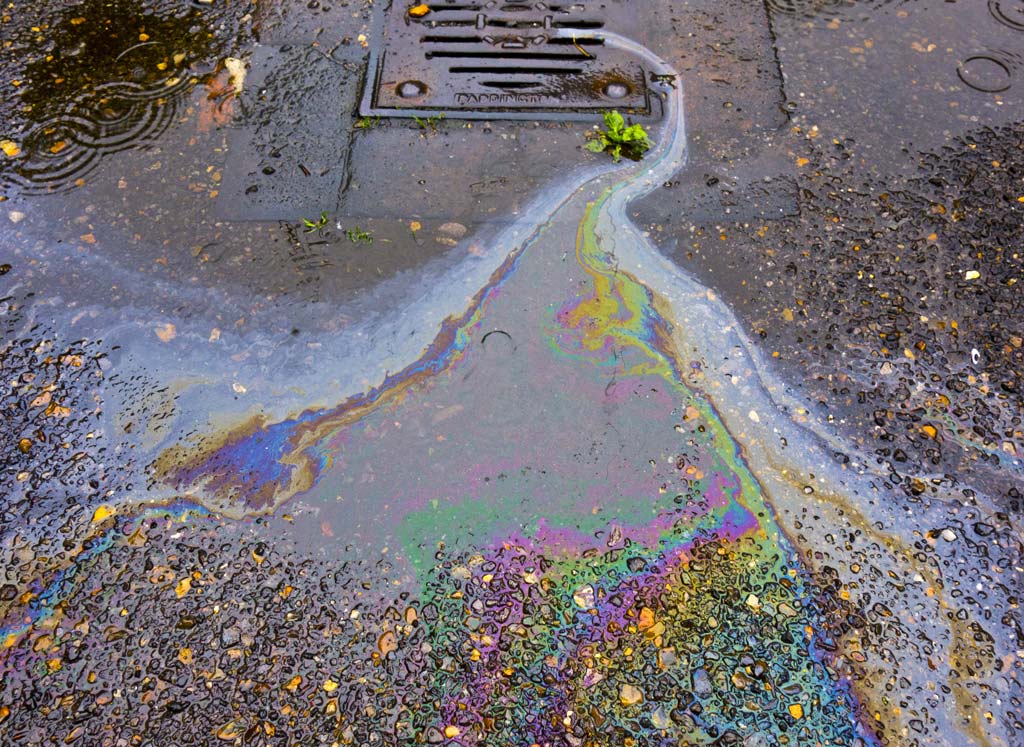LNAPL Remediation Project
Light non-aqueous phase liquids (LNAPL) are a type of contaminant that can present challenges for most any site. As the name implies, an LNAPL is less dense than water and can float on a water table surface. Diesel fuel, gasoline and other petroleum oils are common examples, and the risks range from human health and ecological problems to potentially explosive conditions and more.
LNAPLs are a frequent issue related to leaking underground storage tanks (USTs). Because they are below the surface, LNAPLs are typically difficult to accurately assess and recover. What’s more, navigating state and federal government regulations around LNAPL management and cleanup can be quite a burden.
Indeed, LNAPL remediation is an area where an experienced environmental services provider such as ONE Environmental can prove invaluable.
For example, ONE was engaged to take the lead on a LNAPL remediation project at a site where leaking diesel USTs were first discovered in 1992. Before the ONE team was engaged, previous remediation approaches had exhausted the Virginia Petroleum Storage Tank Fund allotment of $1,000,000. Yet LNAPL persisted.
ONE worked closely with the client and the Virginia Department of Environmental Quality (DEQ) to reach a common goal of justifying the deactivation of an inefficient remediation pump and treatment system and evaluating the presence of and potential mobility of the remaining LNAPL at the site.
The DEQ accepted the documented asymptotic system recovery trends and justification to deactivate the remediation system presented by ONE. After the deactivation and once hydrogeologic conditions stabilized, ONE implemented monitored natural attenuation (MNA) and LNAPL transmissivity testing.
MNA was completed in accordance with U.S. Interstate Technology & Regulatory Council (ITRC) guidance. This guidance is published in a document entitled Evaluating Natural Source Zone Depletion at Sites with LNAPL. It sets the standard for evaluating bioremediation and geochemical data as evidence that natural source zone depletion (NSZD) is occurring.
ONE also completed bail-down LNAPL transmissivity tests in accordance with ASTM Standard Guide for Estimation of LNAPL Transmissivity (ASTM E2856-13). Wells were carefully selected through collaboration between ONE and DEQ and were chosen due to their free product thickness and location within the LNAPL plume.
MNA and transmissivity evaluations revealed that the remaining LNAPL at the site was not a risk to human health or the environment (under non-pumping conditions). The evaluations also determined that the areal extent of LNAPL and dissolved-phase contaminants were either stable or decreasing. And most importantly, the remaining product exhibited not practicable to low recoverability.
Thanks to the diligence of the ONE team, their partnership with the client, and their relationship with the DEQ, the project resulted in a successful closure of a case that had been open for decades.
The site was ultimately granted “no further action” (NFA) from the DEQ, providing the client official confirmation that critical work was successfully completed. The remediation system was removed from the site and the extensive monitoring and recovery well network was properly abandoned.
ONE Environmental offers a comprehensive set of Industrial Hygiene, Facility Closure, Site Investigation and Remediation services. Visit the firm’s Services page to learn more.


